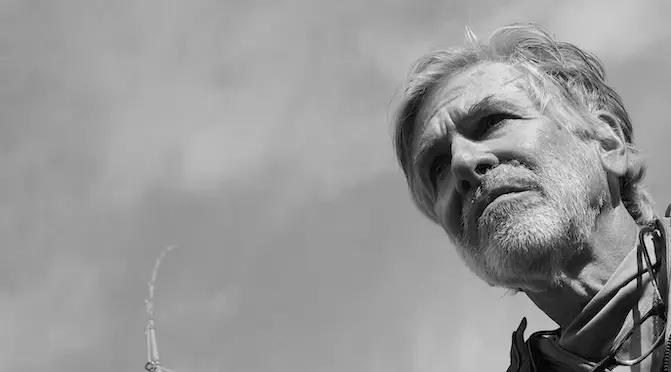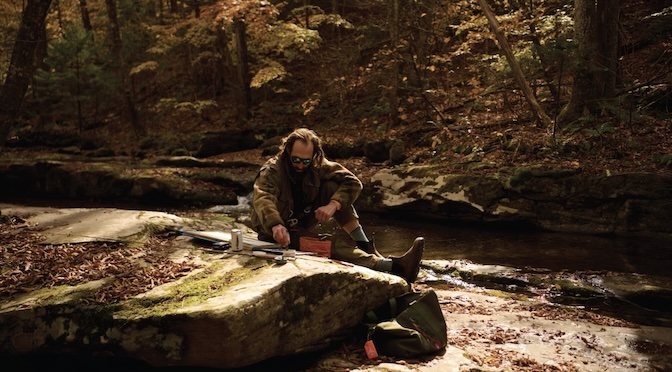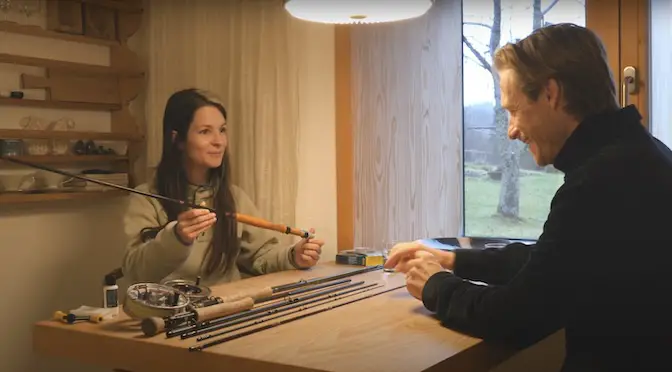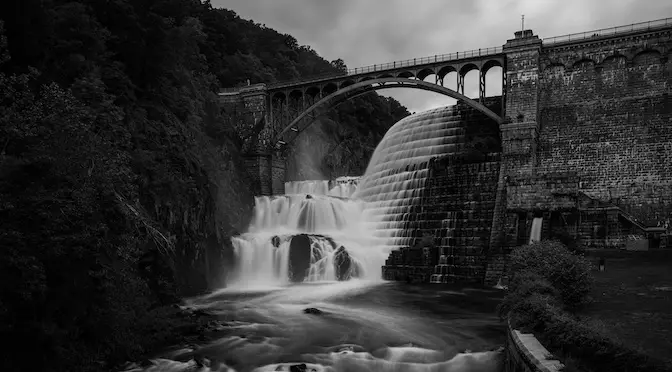Last updated on January 10th, 2024.
- On the Water with the Korkers Bantam Lite - June 26, 2025
- How to Find Trout in Rivers & Streams Anywhere - June 13, 2025
- Educating the Next Generation of Salmon Anglers - June 4, 2025
Aquaculture, sometimes referred to as fish farming is not historically known for its sustainability.
But, that’s starting to change in some fascinating ways. Here are some of them that people should know, especially if they want to stay informed about the collective effort to make aquaculture more eco-friendly while satisfying the world’s appetite for fish.
Issues Surrounding Aquaculture
One of the primary issues currently surrounding aquaculture are disease outbreaks that affect wild fish populations. This issue is prevalent due to open-net farms in which fish can escape from the netting. Not only can this spread diseases to wild fish, but the hardier wild fish may also mate with the weaker, diseased fish producing less hardy offspring.
However, even without escape, disease exchange between wild fish and farmed fish populations can and does occur. The primary issue is the introduction of exotic diseases to wild fish populations that have little resistance to such diseases. The wild Atlantic salmon population is one of the greatest examples of this. The parasite Gyrodactylus salaris had all but decimated the salmon population in 44 Norwegian rivers.
Potential solutions for deadly disease outbreak include increasing onshore farms and incorporating recirculating systems, which we’ll discuss in more detail later in this article, more frequent disease monitoring, greater risk assessment of effects on wild populations and vaccinations. Stricter governmental regulations on disease monitoring of farmed fish populations could also assist in avoiding another incidence of disease outbreak among wild populations.
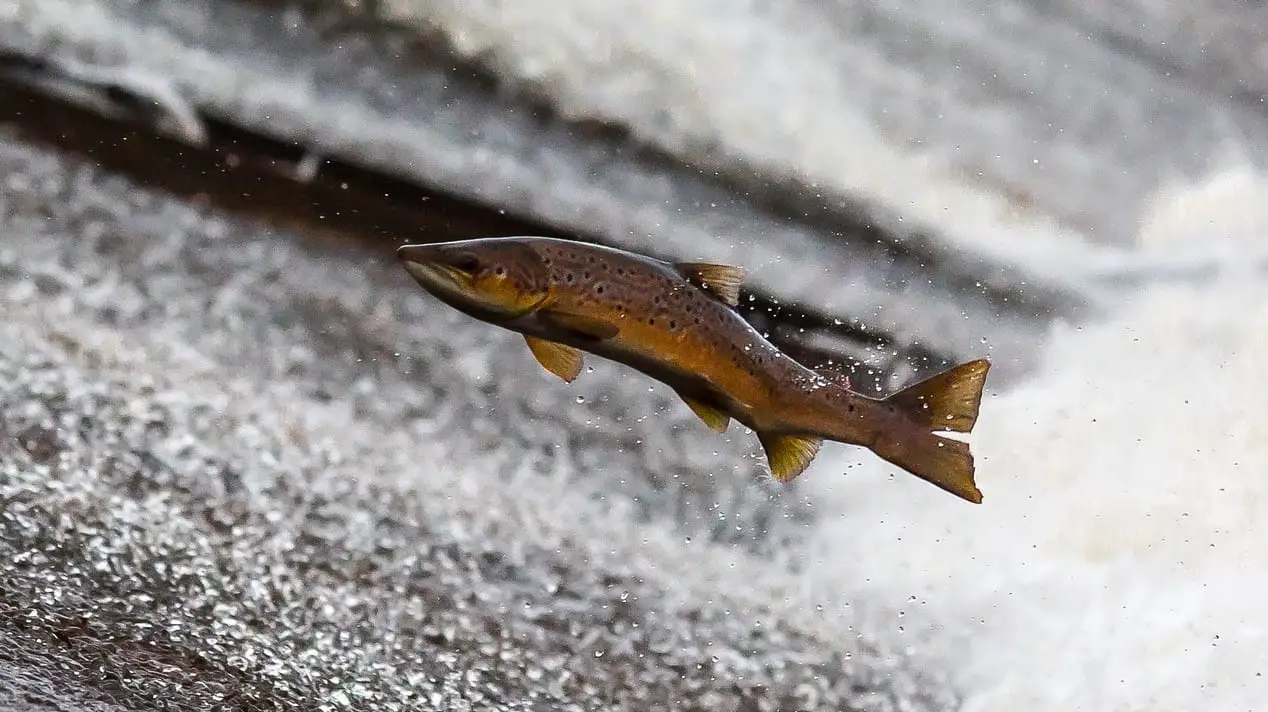 A wild salmon making its way upstream
A wild salmon making its way upstream
Using More Alternative Feed Sources
Recycled fish parts make up large percentages of most of the feeds used in aquaculture. But, analysts warn that the supply cannot keep up with the demand, and the use of fish for feeds contributes to an overfishing problem. The current feed shortage problems will likely escalate, too, due to the projected growth forecasted for the aquaculture industry.
With these things in mind, some companies are experimenting with plant-based feeds and even those made from insect proteins. Success in these investigations could lead to more sustainable fish farming overall.
But, it’s too early to say that these kinds of alternative feeds would create long-term sustainability. A research team’s findings showed that depending on plants for fish foods merely shifts the burden from the ocean to the land.
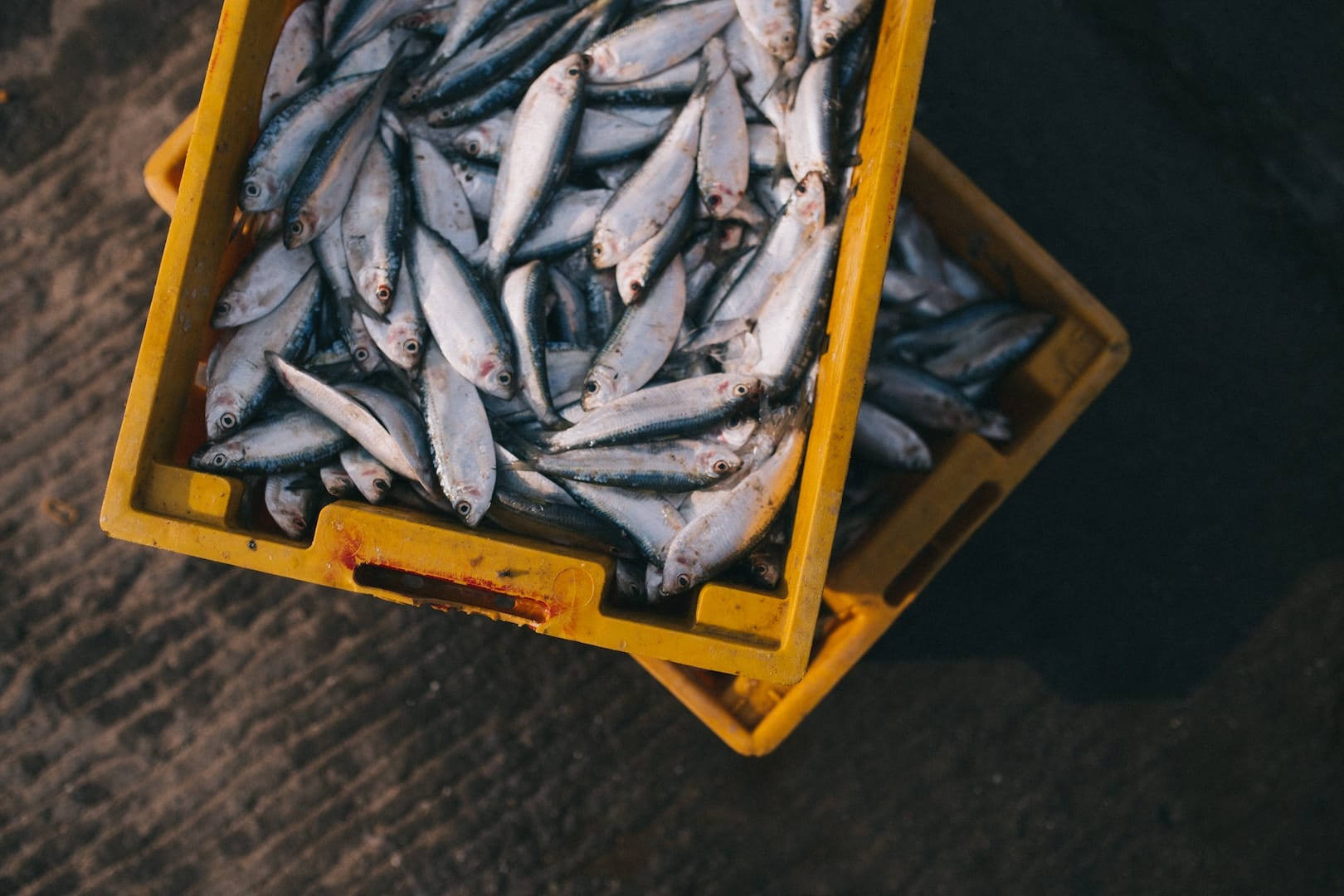 Small fish are often used to feed farmed fish
Small fish are often used to feed farmed fish
Exploring Sustainable Marine Aquaculture in the Countries Best Suited For It
Marine aquaculture is an increasingly popular option that involves turning to the ocean for seafood farming needs. Researchers at the University of California, Los Angeles (UCLA) recently completed a year-long study that found marine aquaculture could have positive effects on sustainability, but not in all cases.
The study looked at 144 countries and categorized them based on their capacity for agricultural growth. Overall, 67 of those nations got ranked as having favorable conditions for marine aquaculture concerning types of marine life, such as clams and mussels.
But, country-specific regulations play substantial roles in determining whether countries can capitalize on marine aquaculture soon. And, a lack of rules can cause problems like disease outbreaks or other kinds of potential ecosystem damage.
Even so, the researchers concluded that figuring out sustainable methods of marine aquaculture could allow wild marine life to recover while still meeting humans’ fish consumption expectations. Taking a broad look at marine aquaculture as these researchers did is essential, especially considering that U.S. aquaculture meets only 21% of demand.
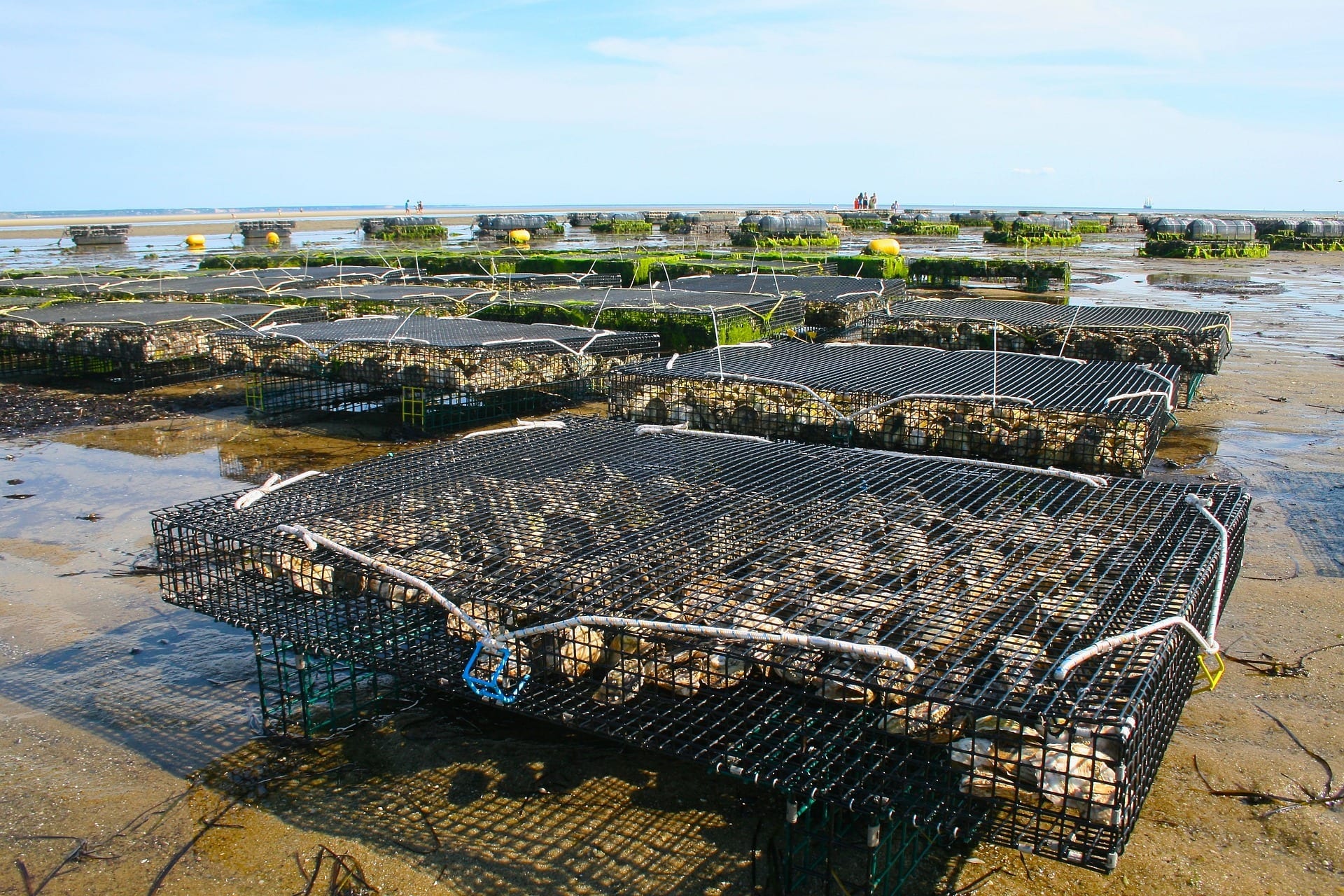 Farmed oysters
Farmed oysters
Relying on Recirculating Aquaculture Systems and Associated Technologies
Installing more recirculating aquaculture systems (RAS) is yet another possible way to a more sustainable aquaculture. It involves reusing the majority of water required by a fish farm, which cuts the necessary resources and allows maintaining fish farms in smaller spaces. Moreover, RAS comprises one of the technologies often used in land-based fish farming.
One land-based fish farm in Iceland capitalizes on sustainability by recirculating approximately 80% of the water it uses. Additionally, each tank has an elevated design that uses the power of gravity to cut down on the energy needed to pump the water through the system. The reduced amount of water can also be healthier for the fish because it reduces disease risks and environmental threats.
Land-based fish farms are not more sustainable than open-water versions in every case, especially if operators don’t assess how to lower energy usage. But, the example of what’s possible gives a strong suggestion that land-based fish farms and the technologies used in them deserve examination as people learn more about making aquaculture more sustainable.
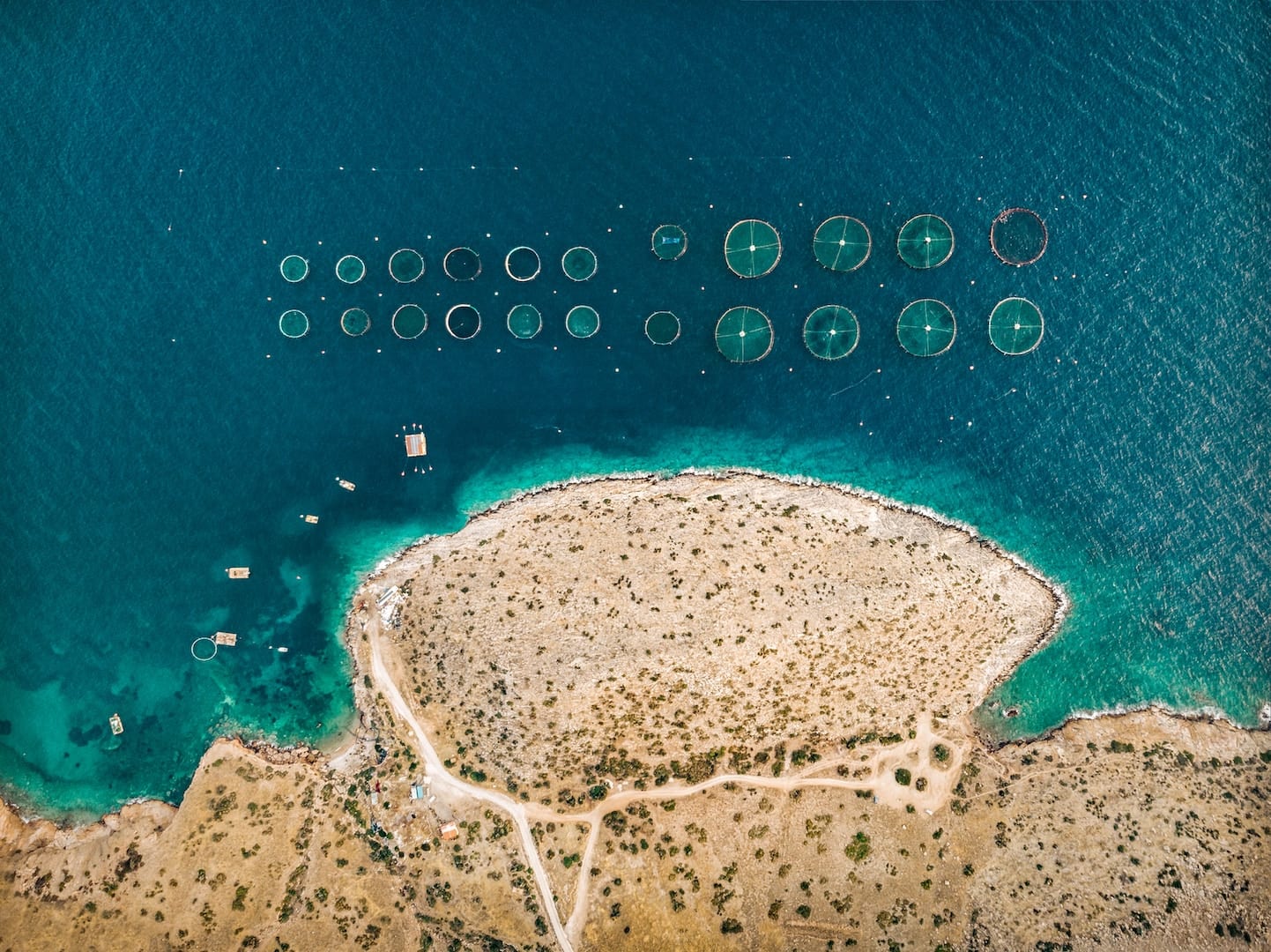 Aerial view of fish farms
Aerial view of fish farms
Building 3D Ocean Farms
People are starting to get acquainted with the idea of vertical farming, where crops get stacked like tall columns. 3D ocean farms have a similar concept. Most of them combine shellfish with high-value varieties of seaweed, such as kelp. This method occurs in the ocean and does not require fertilizers, feeds or freshwater.
Seaweed helps the planet in several ways. For starters, it filters pollutants like nitrogen and carbon from the ocean, making the water less acidic. And, evidence shows that seaweed added to cattle feed makes cows emit less methane, which is also good for the Earth.
Catherine Puckett lives near the Rhode Island coast, and she has a productive 3D farm. Puckett feels most at home near the ocean, and she wants to do her part to promote the sustainability of the oceans while mitigating the effects of climate change. Much of the kelp she produces goes to farmers in Maine who use the kelp for fertilizer. Then, they can use less of the nitrogen-containing fertilizer that often makes its way into the ocean.
GreenWave is an organization that assists traditional fish farmers with getting into 3D ocean farming for sustainability. The group’s representatives say this model offers a valuable output while supporting marine ecosystems.
Measuring the Effects of Aquaculture Through a European Project
Scientists in Europe also believe that the key to more sustainable fish farming is to collect and compile data to measure the overall effects of aquaculture in specific areas. They carry out specific tests on the water with help from a mobile chemistry lab. More than a dozen partner organizations are working together to measure the characteristics of the water at seven freshwater and saltwater fish farms around Europe.
One of the aims of the study is to show how some substances associated with fish farming — such as medications to prevent diseases — could spread out into the wider ecosystem and cause bigger impacts than people initially realize.
An Interesting Assortment of Ideas
This overview shows that people are working hard to increase aquaculture’s sustainability and that they understand how it’s necessary to consider several methods that could get results. As people show continual concern for sustainability now and in the future, individuals can expect more progress to become apparent.
Bio:
Emily covers topics in sustainability and conservation and she is the creator of Conservation Folks.



